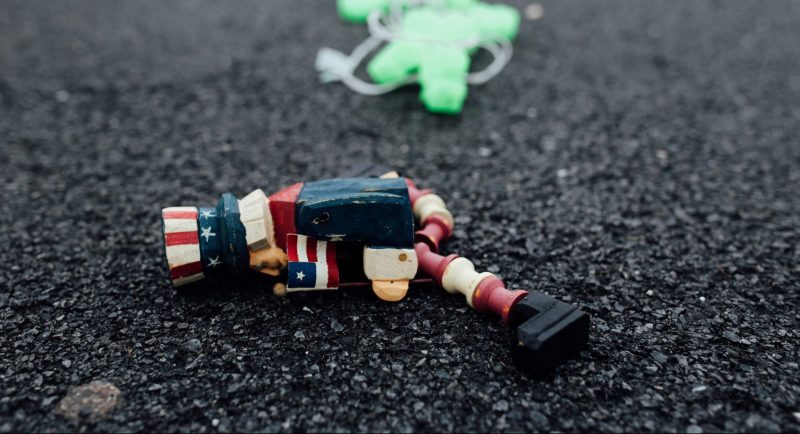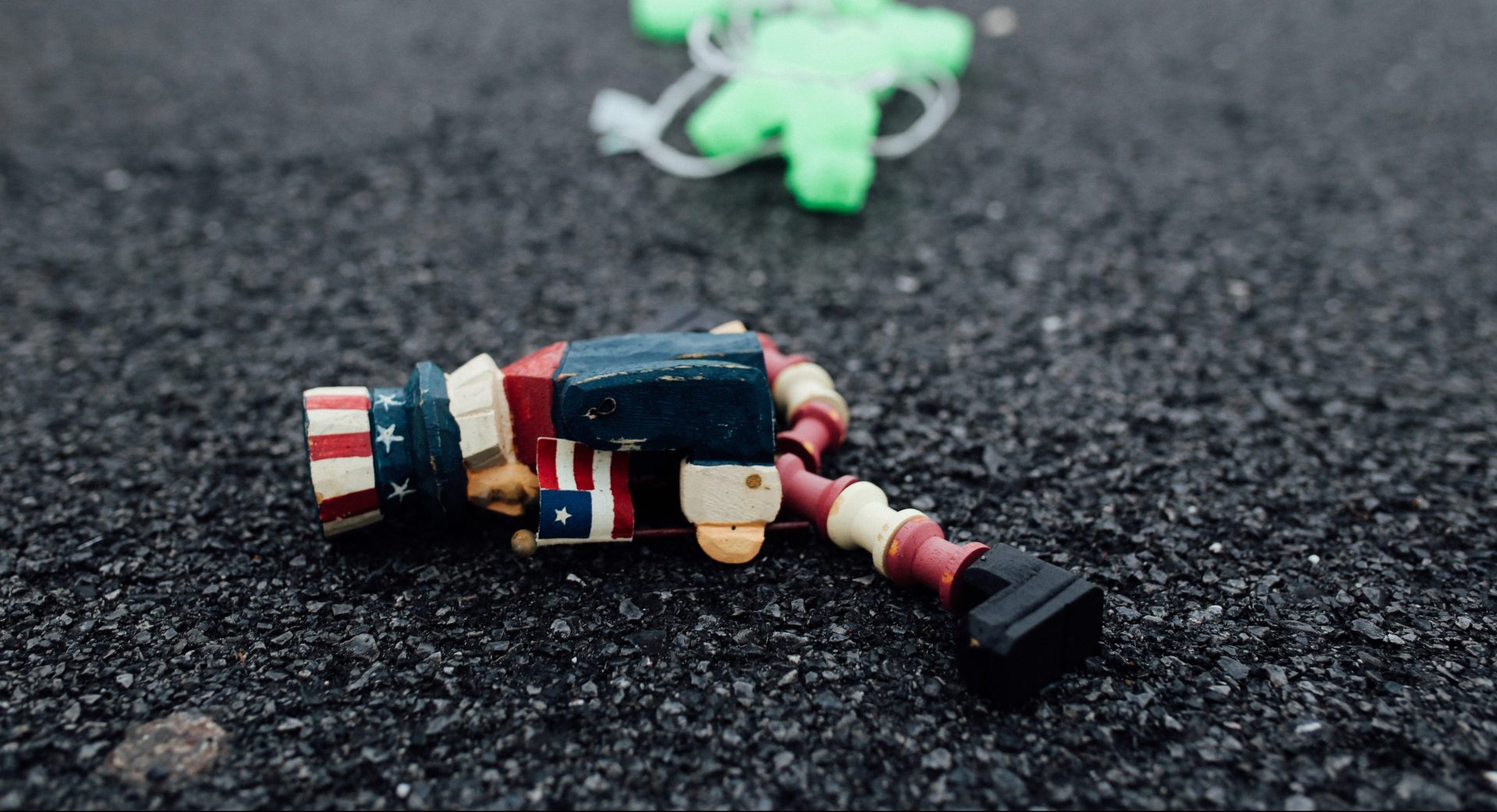
Tim Lambert / WITF
(Harrisburg) — Pennsylvania Gov. Tom Wolf announced the state’s first presumptively positive coronavirus cases a month ago today.
Since then, more than 11,500 residents have tested positive for COVID-19, and the death toll in the state now sits at 150 as of 12:01 a.m. April 5.
There have been 66,261 negative tests, according to the Pa. Department of Health. Of the positive tests, the age brackets break down as follows:
- Nearly 1% are aged 0-4;
- Nearly 1% are aged 5-12;
- 1% are aged 13-18;
- Nearly 8% are aged 19-24;
- 42% are aged 25-49;
- Nearly 29% are aged 50-64; and
- Nearly 20% are aged 65 or older.
“The continued rise in cases combined with our increasing deaths from COVID-19 reflects the seriousness of this situation,” state Secretary of Health Dr. Rachel Levine said in a Sunday news release.
“We need everyone to listen to the orders in place and to stay calm, stay home and stay safe. We know that these prolonged mitigation effects have been difficult for everyone, but it is essential that everyone follows these orders and does not go out unless they absolutely must.”
Here’s a timeline of the major developments over the last month:
March 6: Wolf announced Pennsylvania’s first two presumptively positive cases, one in Delaware County and one in Wayne. At the time, a presumptive positive case was one where a person tested positive for COVID-19 at a state or local laboratory but that had yet to be confirmed by the Centers for Disease Control and Prevention (CDC). Within two weeks it had changed how it labeled cases from “confirmed positive” and “presumed positive” to either “negative,” “pending” or “positive.”
March 13: The state’s K-12 schools were closed for at least two weeks. Since then, as you’ll see below, the closure has been extended.
March 17: Pennsylvania’s state-controlled Fine Wine & Good Spirits stores closed their physical locations. Limited online ordering has since resumed.
March 18: Pennsylvania reported its first coronavirus-related death, in Northampton County. The same day, Penn State University joined many other colleges in moving all classes online for the rest of the semester.
March 19: Non-life sustaining businesses were forced to close, per an order from Wolf and Levine. The list would be updated in the days that followed, but besides factories and production plants almost everything but grocery stores, pharmacies, hardware stores and restaurants offering to-go or delivery orders were forced to shutter.
March 23: The order to close K-12 schools in Pa. is extended until April 6. On that day, six counties were put under a stay at home order by the state, and a seventh, Philadelphia, was as well via a local government order.
March 25: Pa. announced updated confirmed coronavirus case totals, and for the first time, the number topped 1,000.
March 30: Gov. Wolf announced that the K-12 closures will extend indefinitely.
April 1: The stay at home order is extended statewide. It will run at least until April 30. On the same date, the PLCB re-opened limited online sales.
April 2: A grim milestone is reached in Pennsylvania: The death toll topped 100 for the first time; the reported number was 102.
April 3: Despite mixed guidance at the federal level, Gov. Wolf and Dr. Levine asked all Pennsylvanians to wear masks while in public to help slow the coronavirus spread.
April 5: The latest numbers in Pa. included 1,493 new coronavirus cases, raising the statewide total to 11,510 in 65 of 67 counties, including 150 deaths.
When could the peak hit?
There are various models available, and it should be noted that, like the weather forecast, the below information is subject to change.
That said, the Institute for Health Metrics and Evaluation at the University of Washington, which was founded by Bill and Melinda Gates, estimates that the peak in Pa. will come on April 18.
PennLive? and The Patriot-News are partners with PA Post.



